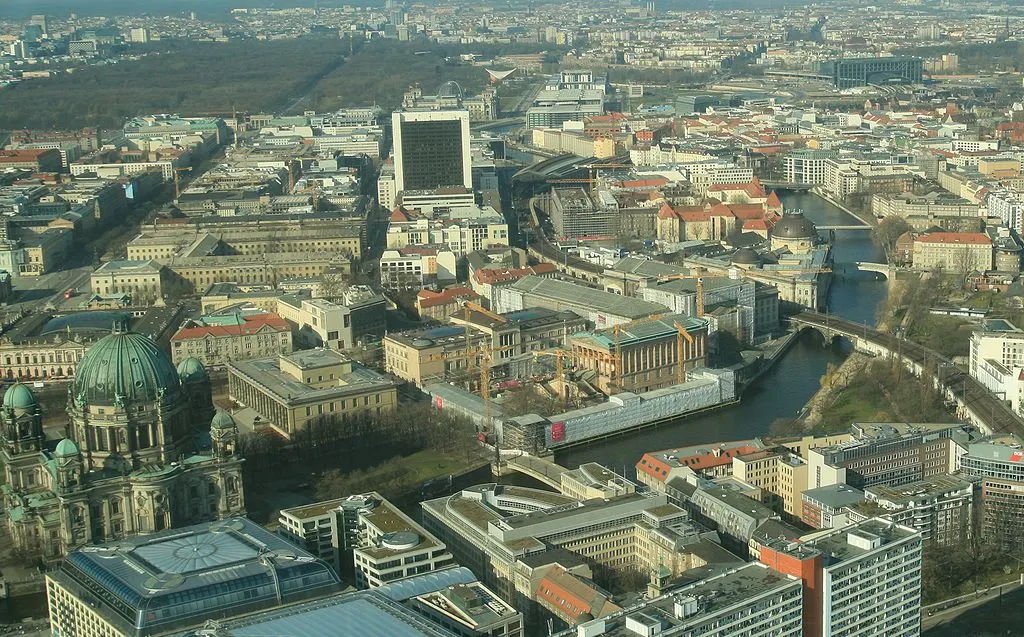Museumsinsel - In the city of Berlin there are a large number of tourist sites and different places to see, within which the Museum Island stands out for its large number of attractions.
 |
| Museum Island |
The Museum Island, or Museumsinsel in German, as its name indicates, is an island in which a good number of museums are located that are of great importance and are quite popular, being one of the most visited places in Berlin.
 |
| Museum Island |
The initial idea for this place was given by King Frederick William IV of Prussia in 1841, who wanted to create a neighborhood dedicated to art and science, which would later be the site of several museums that to this day occupy the entire area. north of the island. The purpose of creating these spaces was to show the people in general the most important artistic manifestations of the most renowned noble families, making the knowledge of art public.
Museums that make up the Museum Island
Museum Island - Among the outstanding museums found here, the following can be mentioned:
Berlin Old Museum (Altes Museum)
As its name implies, this is one of the oldest museums in Berlin; It was built in 1828 and is located behind the Berlin Castle, which no longer exists. It was intended to house paintings from the different castles as well as from private collections.
New Museum (Neues Museum)
Museum Island - The New Museum (Neues Museum), located behind the Old Museum, was completed in 1859 according to the plans of August Stüler, a student of Schinkel. It was almost destroyed during the Second World War (only some of the outer walls remained) and in 2009 its recovery was completed preserving the remains of the old building and respecting its structure. The architect in charge of remaking and rebuilding the building was David Chipperfield and about 292 million euros were spent. In this location, as before the war, the Egyptian and prehistoric collections will be exhibited, among them the famous bust of Nefertiti.
Ancient National Gallery (Alte Nationalgalerie)
Museum Island - The Old National Gallery (Alte Nationalgalerie) was completed in 1876, also according to designs by August Stüler, to house a collection of 19th-century art donated by banker Joachim HW Wagener. The collection was greatly expanded and today it is one of the largest collections of 19th century sculptures and paintings in Germany. The building was badly damaged during WWII and was only fully restored and reopened in 2001; today, it houses the paintings from the collections (while the sculptures are off the island, in nearby Friedrichswerdersche Kirche, a neo-Gothic church designed by Schinkel).
Kaiser-Friedrich-Museum or Bode Museum
In 1904 the Kaiser-Friedrich-Museum was opened, today called the Bode Museum. Located on the northern tip of the island and easily recognizable due to its copper-brown dome, the Bode Museum was closed in 2000 for reconstruction and reopened on October 17, 2006. It houses collections of late-antiquity sculpture and art and Byzantine.
Pergamon Museum
The last of the museums is the Pergamon Museum, completed in 1930, which houses reconstructed original-size buildings, such as the Pergamon Altar, the Babylonian Ishtar Gate, and the Miletus Market Gate, made up of parts taken from the original excavations.